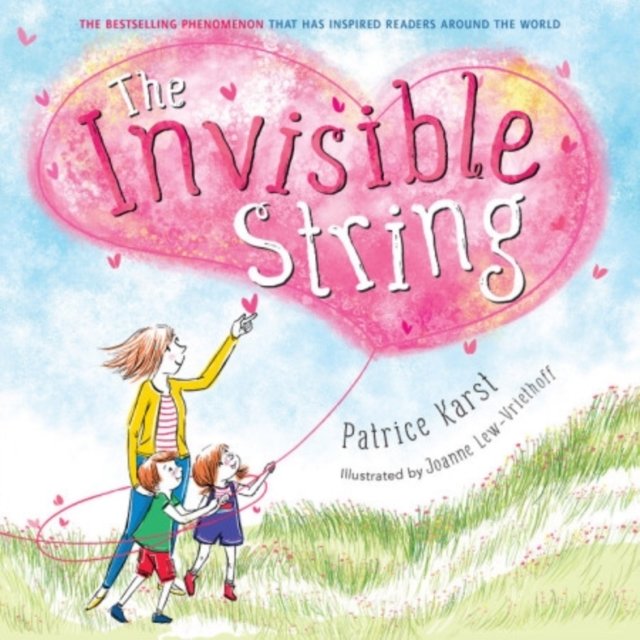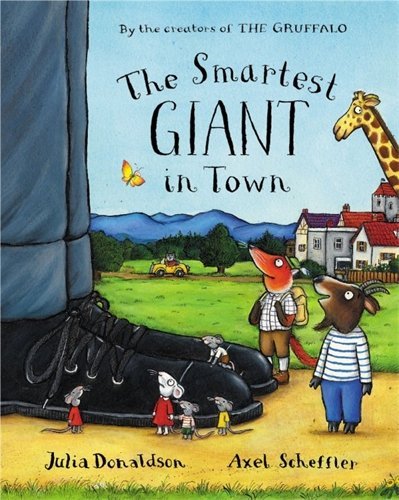Activity of the Month - August 2024
Starting School Role Play
Role playing school with your child’s favourite toys helps your child learn vocabulary and concepts ready for school!
Role play school with cuddly toys
Role playing school gives you the opportunity to familiarise your child with some everyday activities in school. You can also build your child’s understanding and use of related vocabulary. I’ve focused on little ones starting school around age 4-5 years, though this activity is suitable for children aged 3-6 years. Adapt the language and play level according to your child’s age and stage.
Share your play idea, ‘Let’s play school with your toys’. Encourage your child to choose which toys they want to use for the children in the class and who is going to be the teacher. Choose names for the characters.
You may want to use some props such as paper / pens, some toys and a ball for the playground
Model how to talk through the toys during the play, using different voices. Talk about what may happen first, e.g. taking the register. Show your child how to call out each toy / child’s name, e.g. ‘Good morning Joe’ and for them to reply ‘Good morning Miss Booth’
Encourage your child to choose an activity from two or three, e.g. sand play, drawing, lego etc. Be a play partner for your child in this role play to show them how to share and take turns.
Include routines such as playtime and take the opportunity to model how to choose a game with friends, ‘Shall we play tag?’ ‘Do you want to play with the hoops?’ and how to negotiate, ‘You first and then me’ ‘It’s my turn’
If you are playing the teacher, you could encourage your child to follow instructions used in school, e.g. ‘Get your lunch box and line up at the door’ ‘Find some paper and pens and draw a picture’
Encourage your child to choose and read a familiar story to the class - a great way for them to practice retelling a story. Use open questions and comments to encourage them to use longer and more complex sentences, e.g. ‘What happened next?’ ‘Oh no, look!’
Talk about how the toys / children are feeling, e.g. excited and happy or one of them may be sad or feeling disappointed. Talk about how they feel and why using causal explanatory language, e.g. ‘Bella is sad because she misses her mummy’. This will help your child to extend their use of language around emotions.
Starting school lotto / guessing game
Print out the picture below x 2 and cut one up into 10 picture cards
Take turns matching one of the pictures to the lotto board; talking about each picture as you go. Use strategies such as pausing, commenting and using phatics ‘hmm’ ‘oh really’ to encourage your child to take longer turns in the conversation
Try giving clues about each picture for your child to guess, e.g. ‘This is somewhere you play in the morning and the afternoon’ ‘You use these things to make a picture or a model’
Reinforce key vocabulary, some of which may be unfamiliar, such as: playground, classroom, teacher, whiteboard, scissors, stapler etc
Have a conversation about each picture, e.g. ‘How do you clean your hands?’ ‘What do you like to play with your friends?’ ‘Look! the children are putting their hands up to answer the question
This is a good opportunity to talk about how your child feels about starting school, making new friends, learning new things etc
Sharing stories about starting school
Another great way to talk about starting school and help to prepare your child for this new adventure is to share stories about starting school. There are so many to choose from - here are a couple of favourites:




















































































































